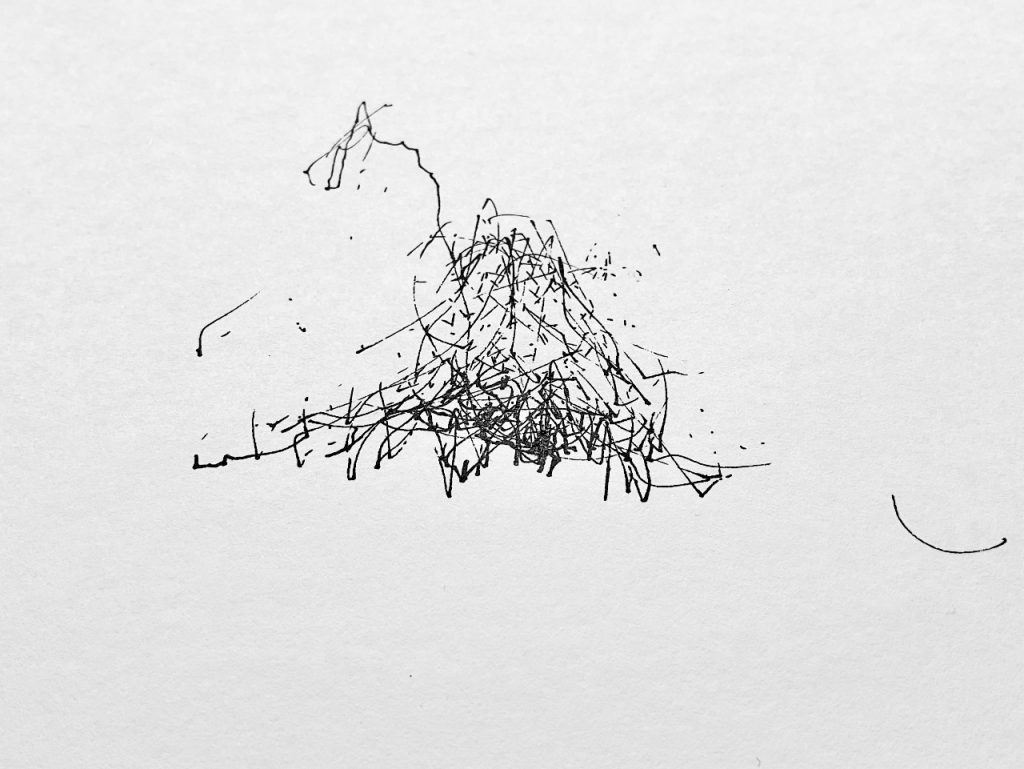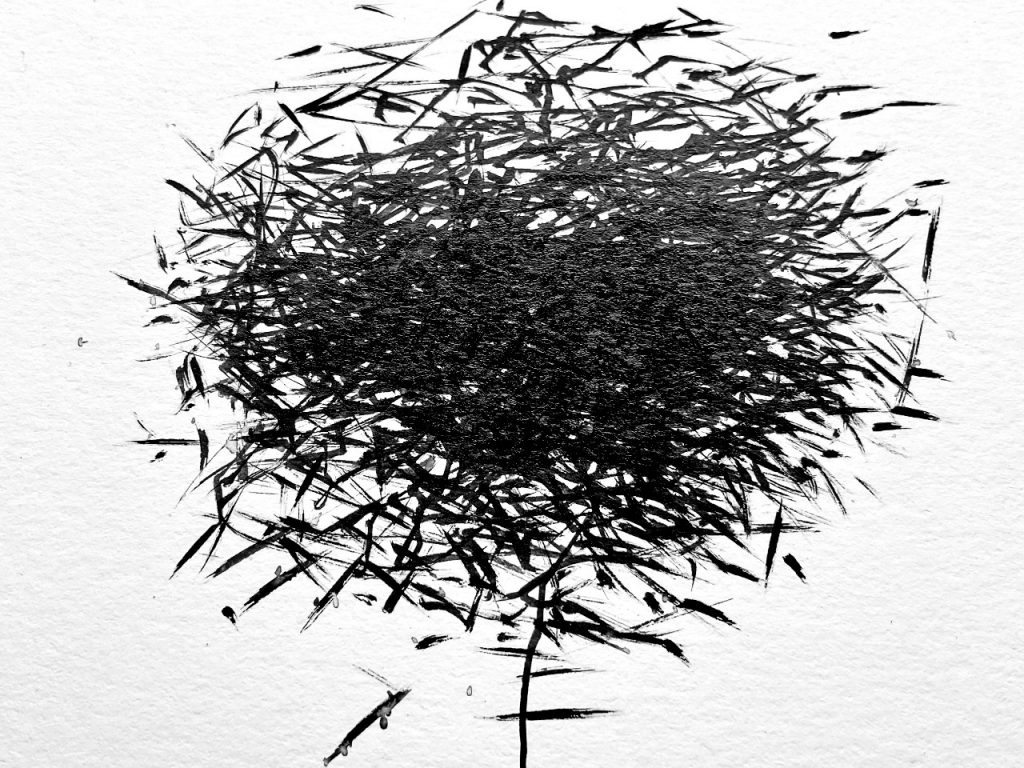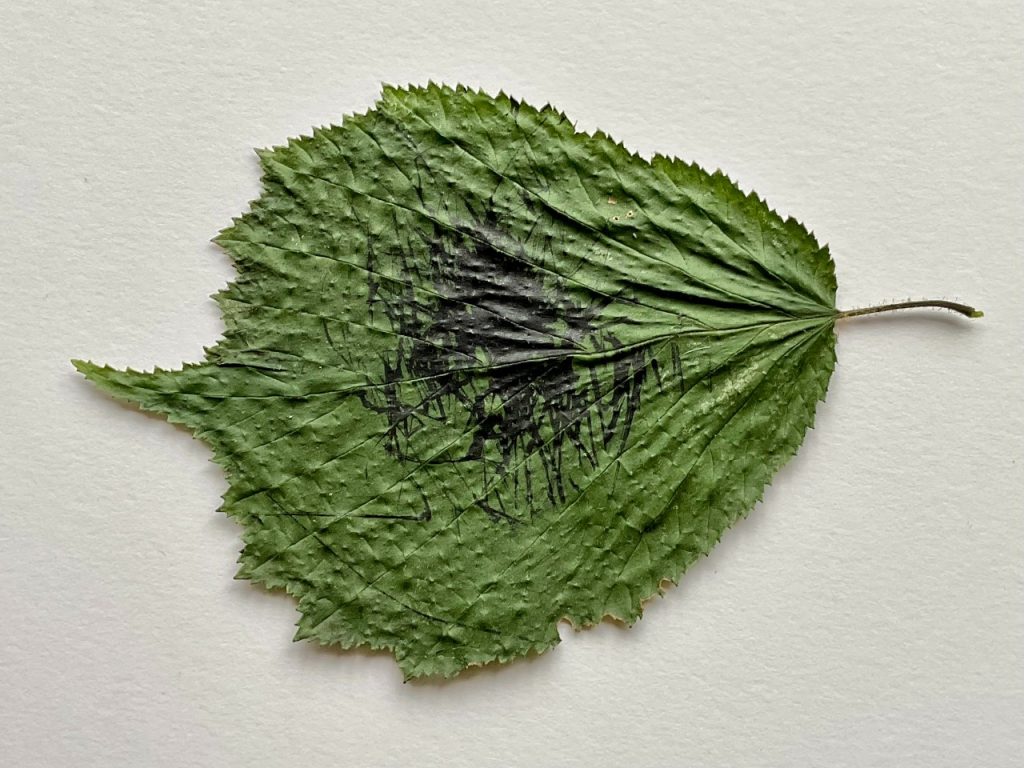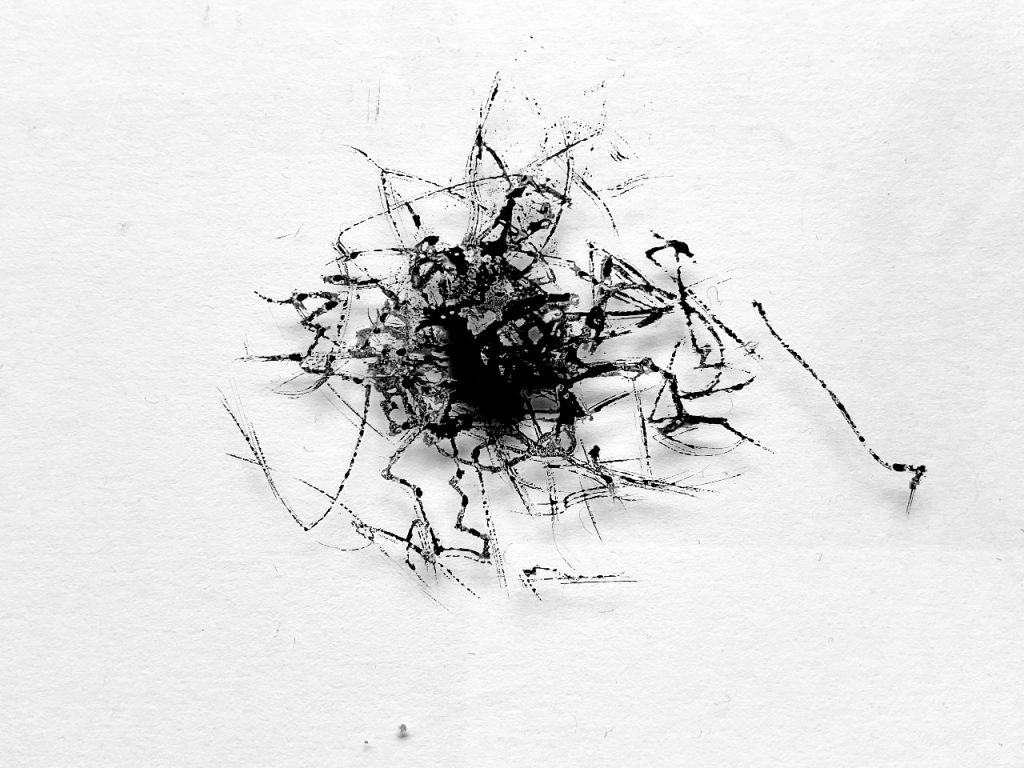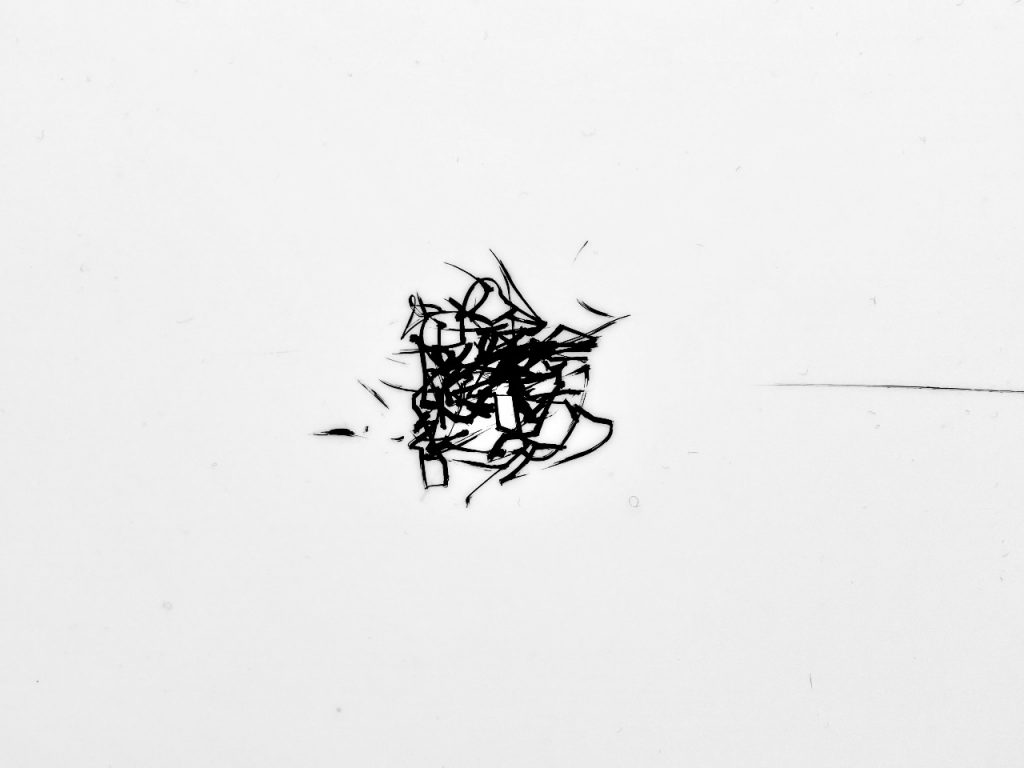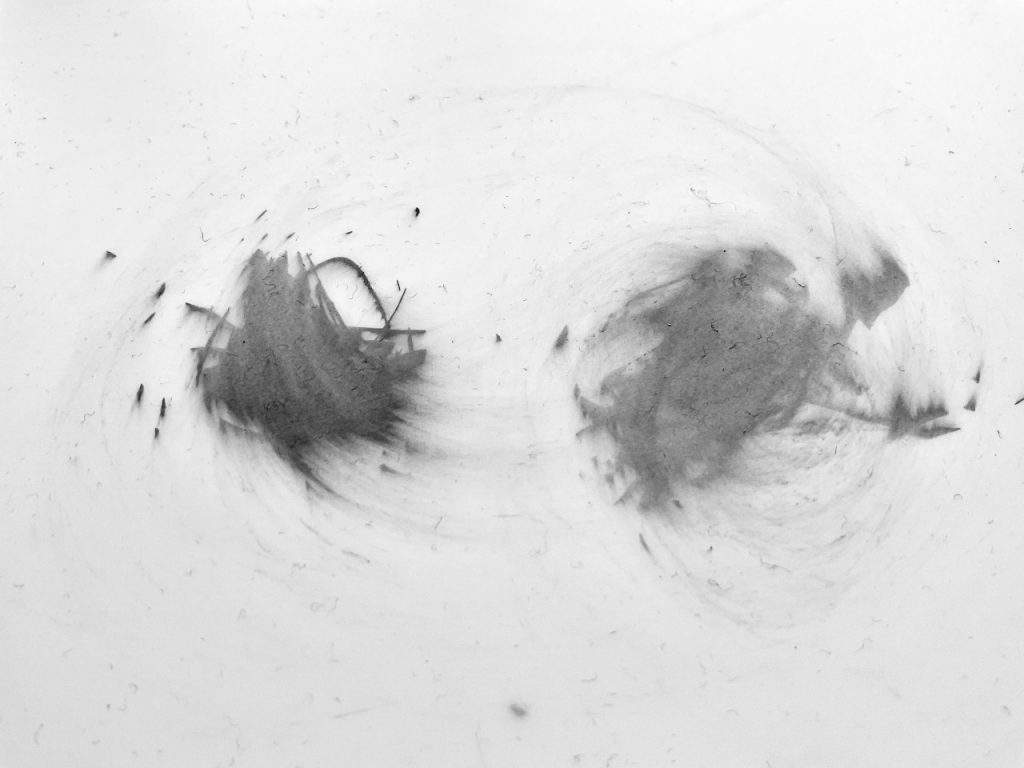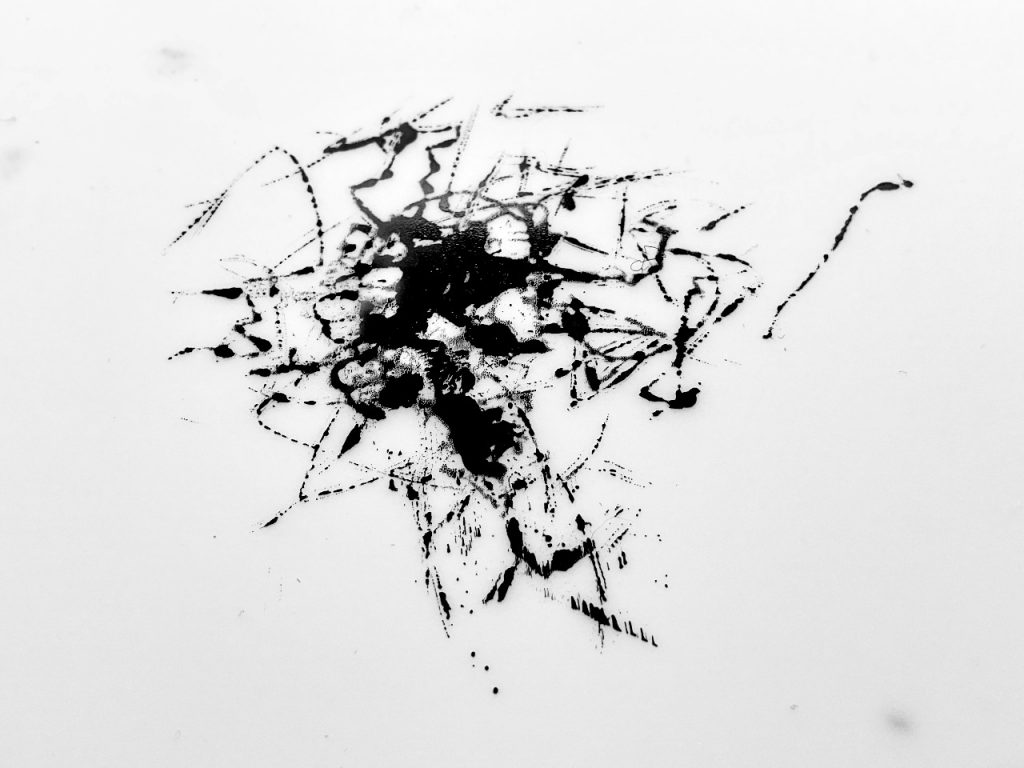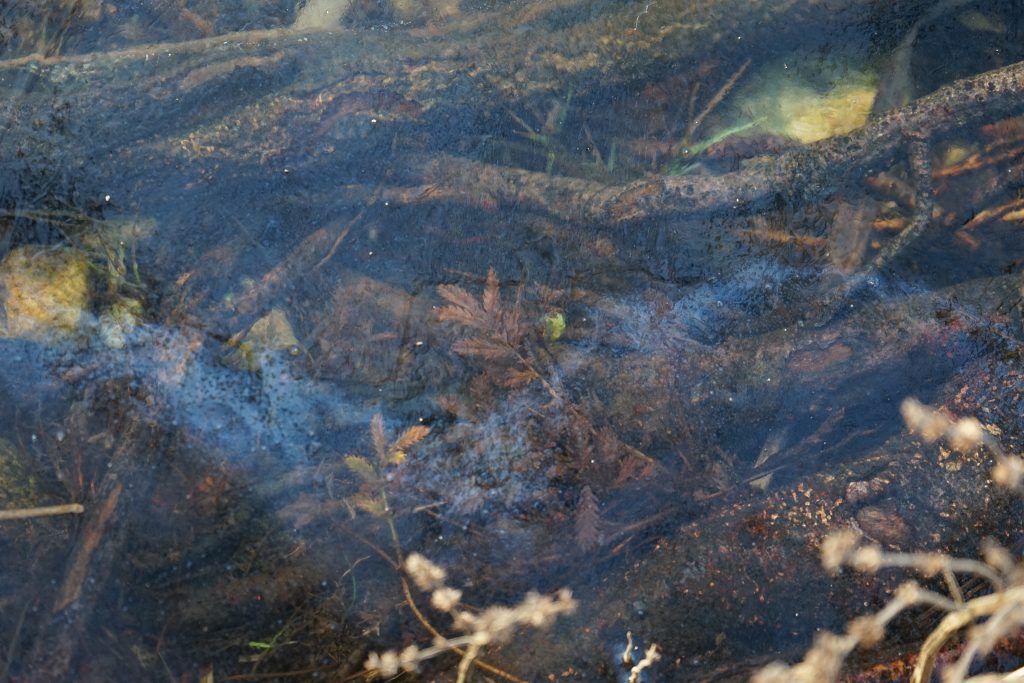
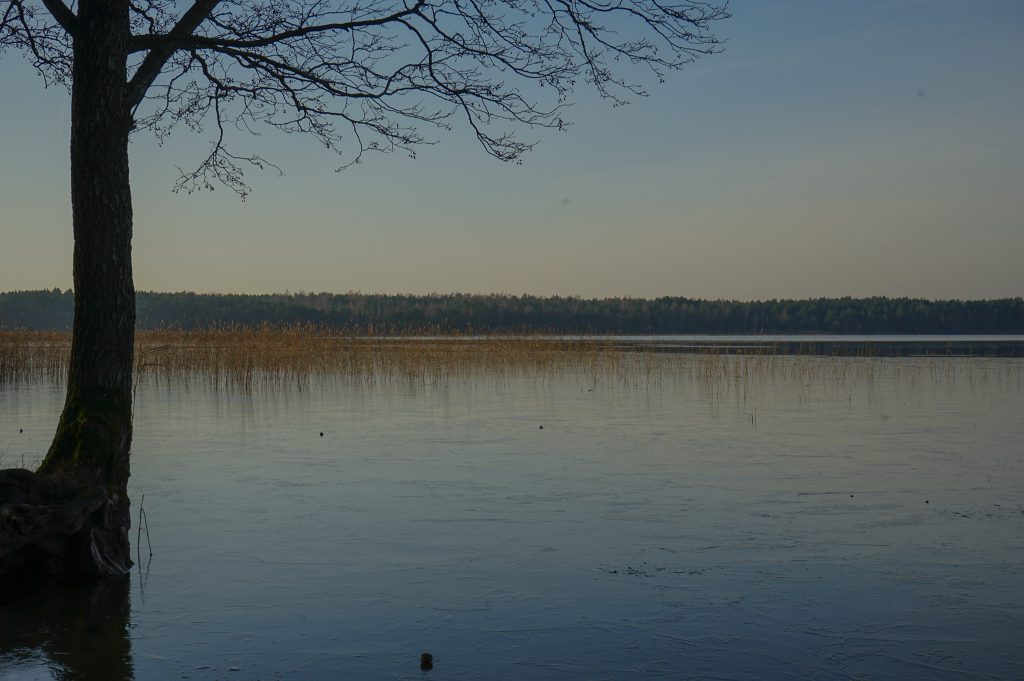
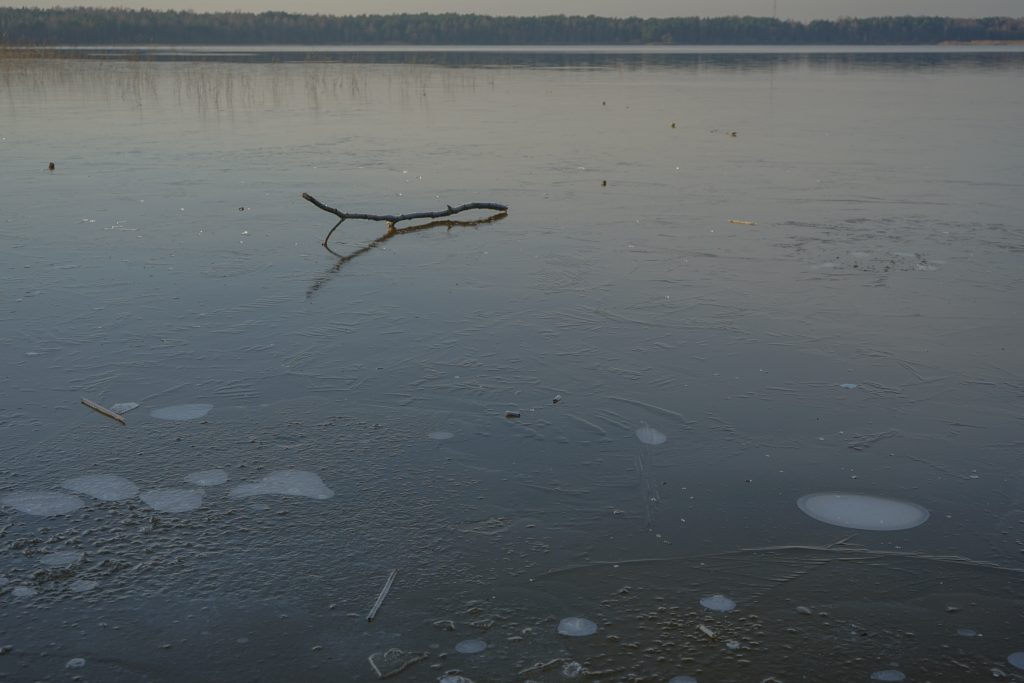
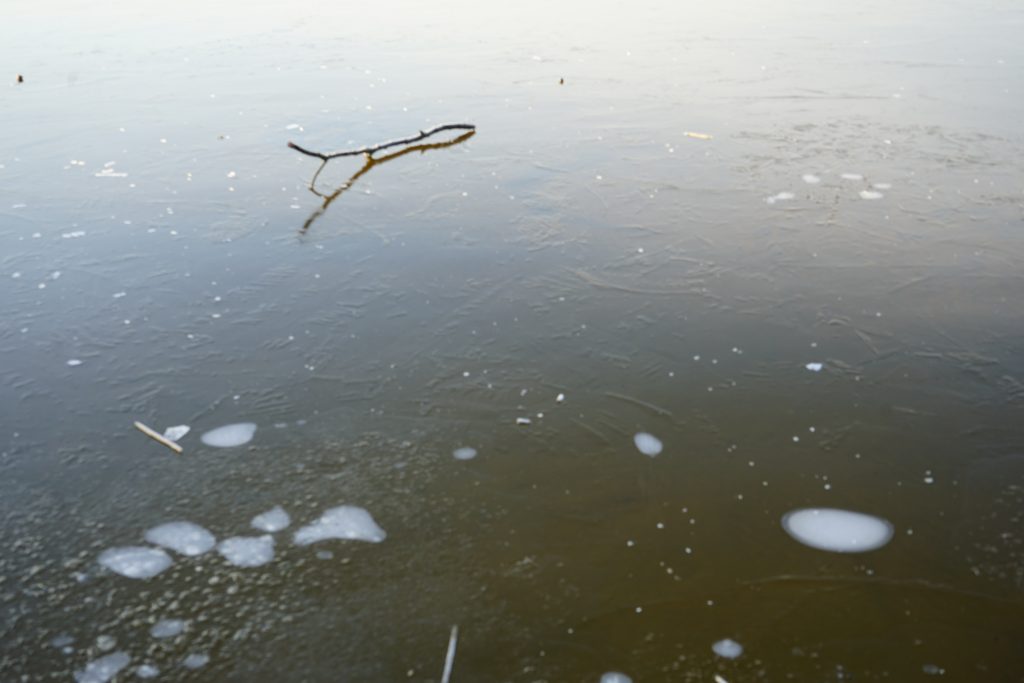
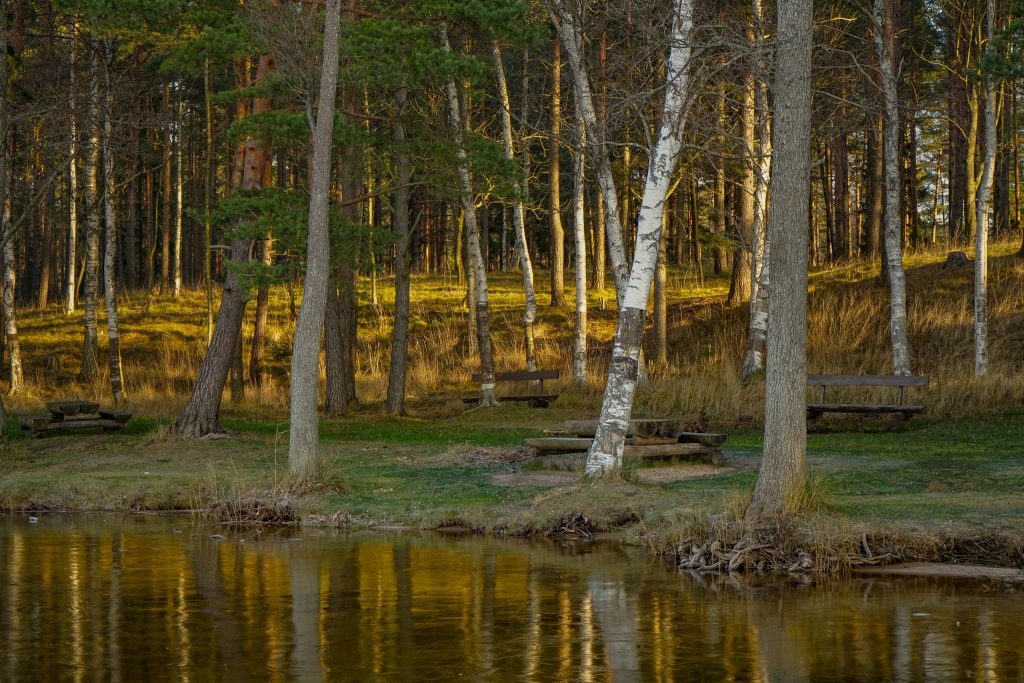
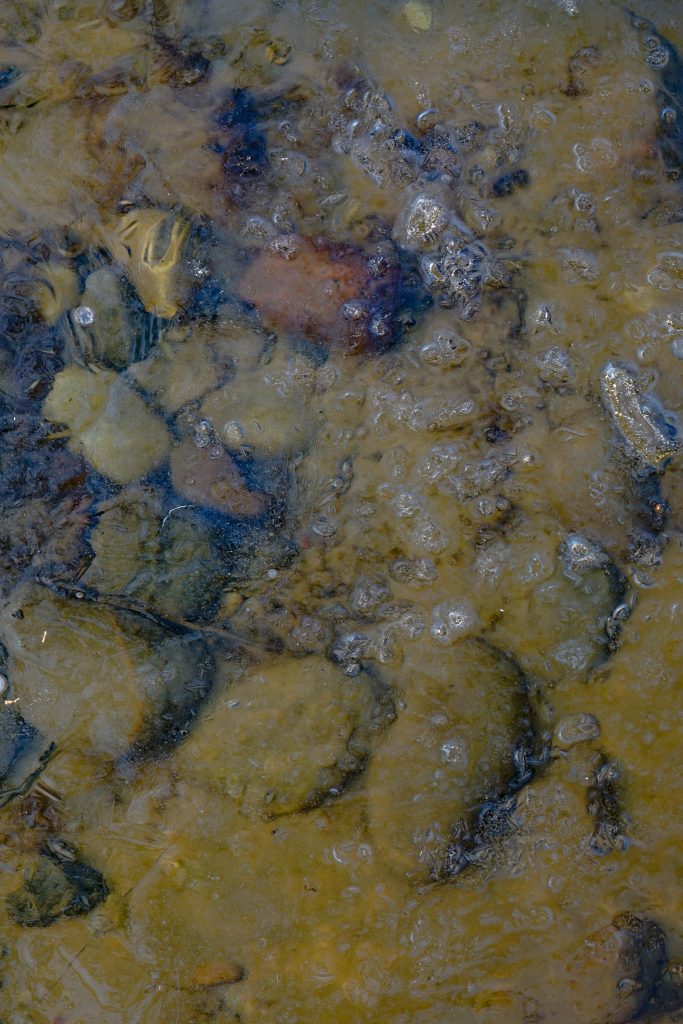
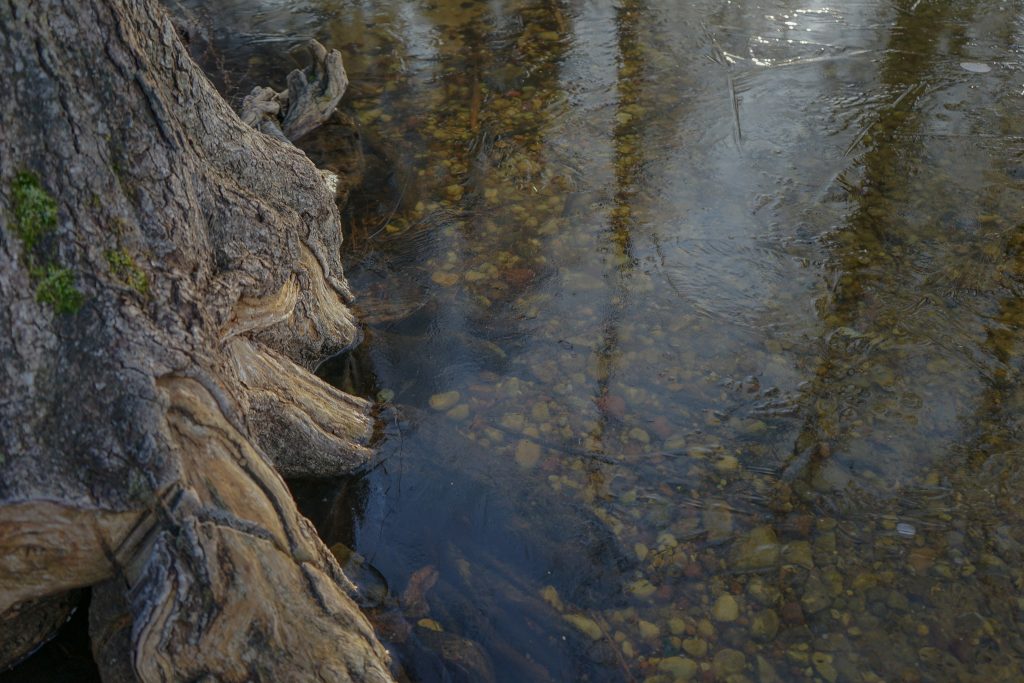
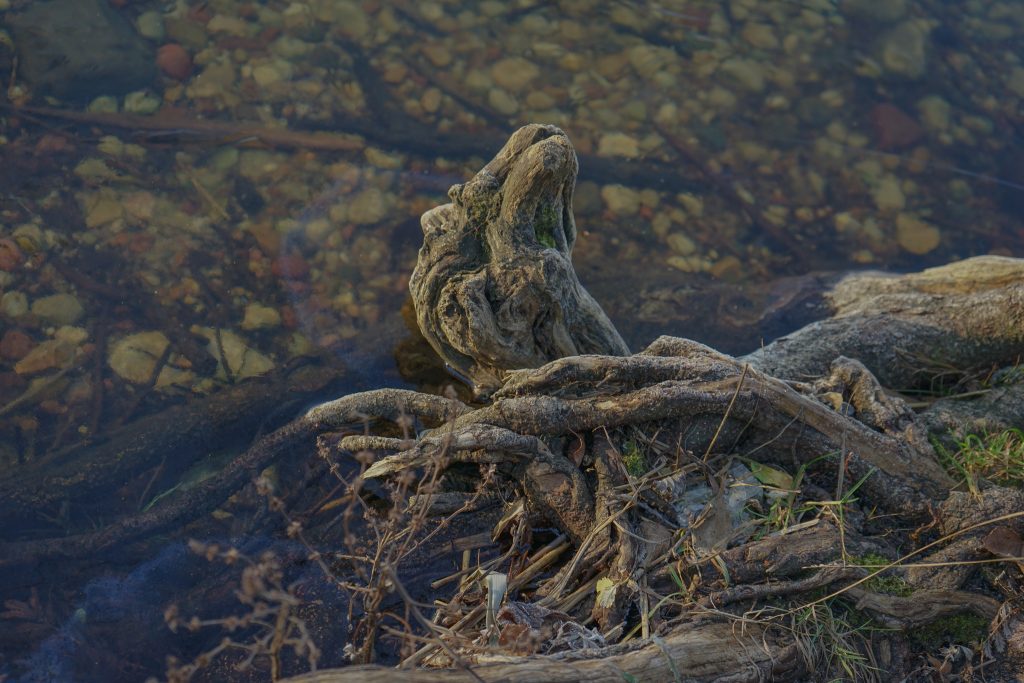
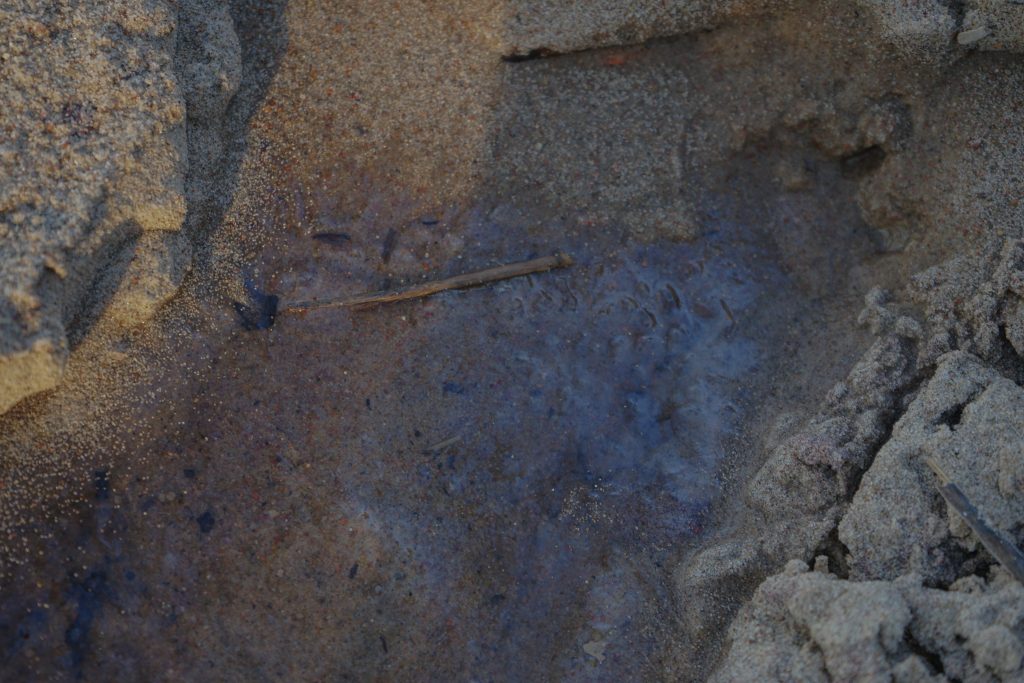









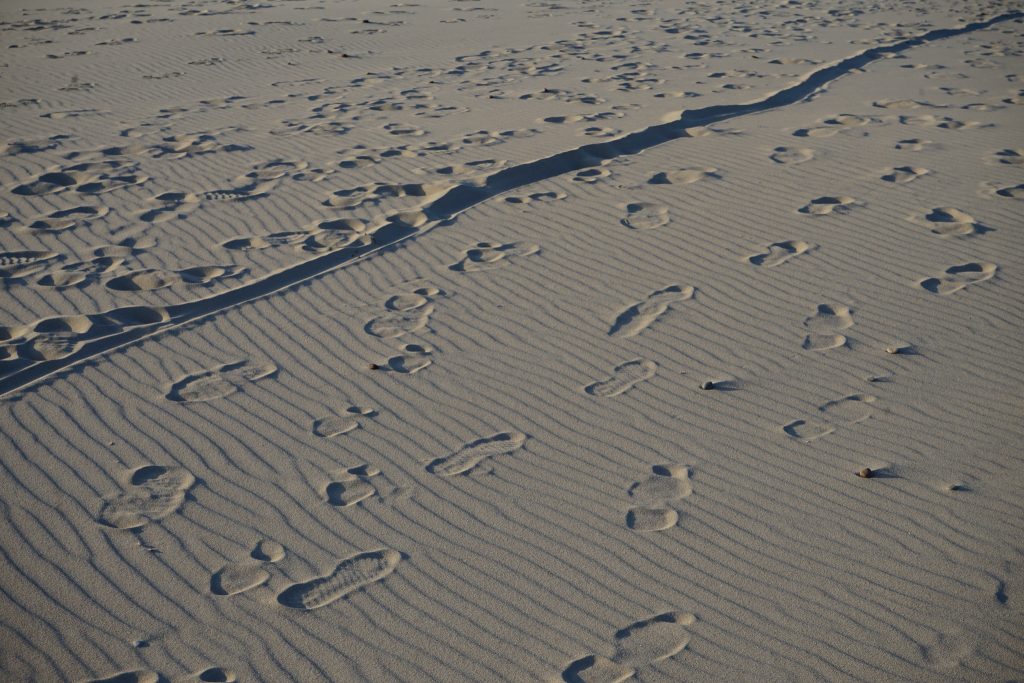
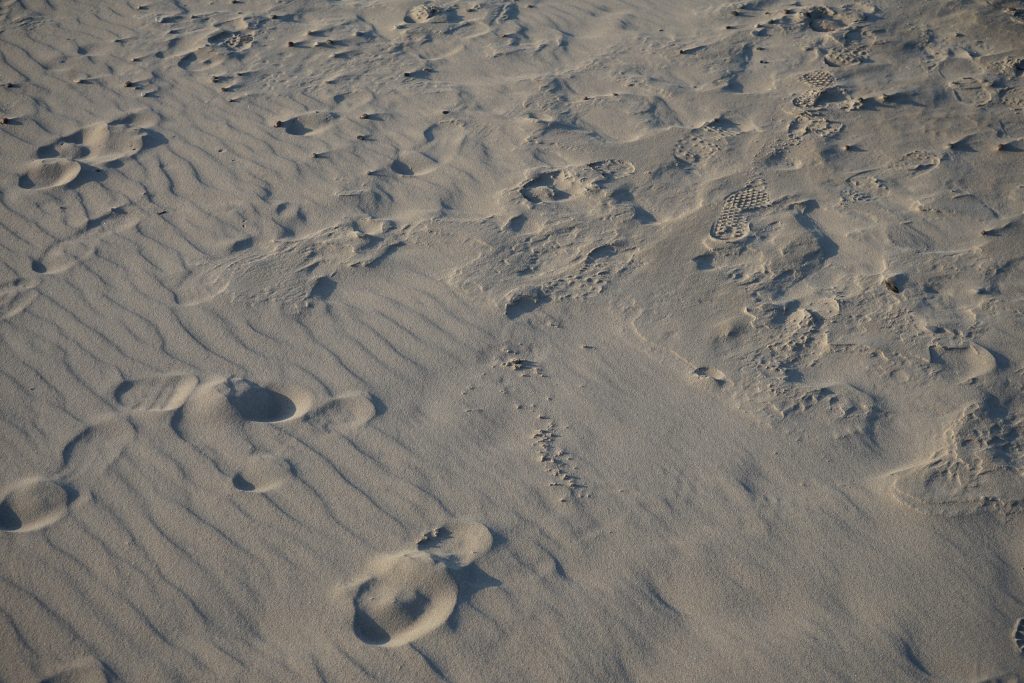
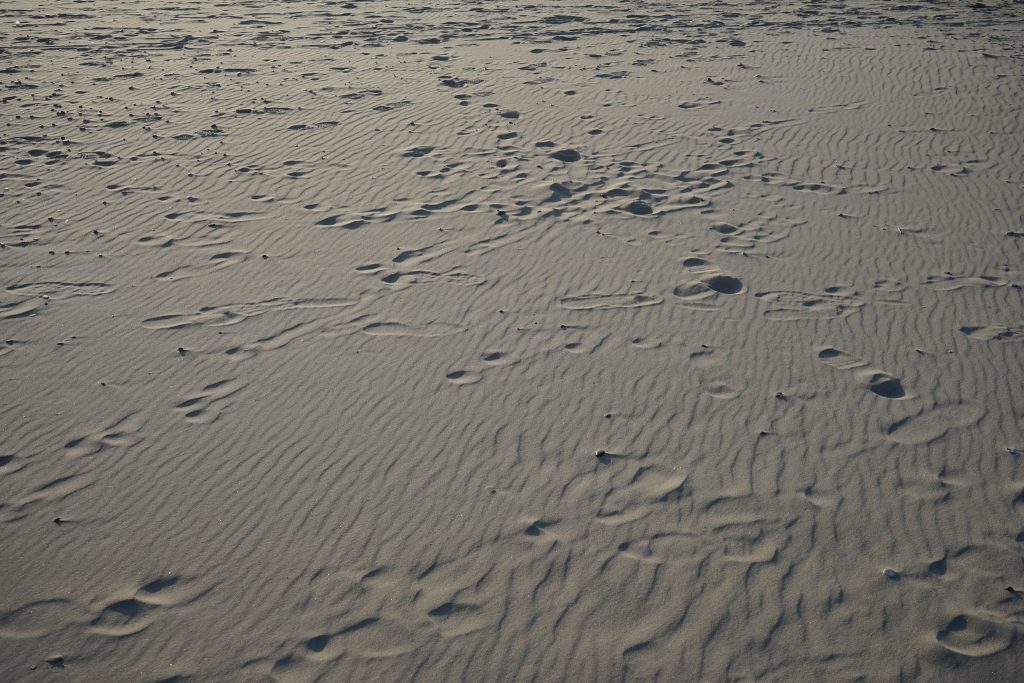
The initial plan for my residency was to go through video footage, images and writing pieces that I accumulated since the last time I made a film.
Finding these images I’m sharing today immediately changed the tone of what I needed to say.
I don’t feel like I can do the “welcome to my blog” thing for this; it’s too abstract, too sad, too intimate. So I recorded audio instead of writing the image description, and there is a transcript for it below too.
Transcript:
Hi. So I want to talk about these images that I’m posting. I selected them in… I selected them on Tuesday and then was at a loss, I didn’t know what to write, what image description to write… that is not boring. What kind of context to give to it, or what introduction to give to it. Because these photos are the photos I took in November 2019 in Ventspils, Latvia, where my grandparents live, and that was the last time that I visited them – I was a complete emotional mess. And none of the words seemed right, so I’m recording this audio now. So those of you who are just here for matter of fact description, let me do it first. There are three photographs. They are in landscape orientation mode and, and these images show sand. Just sand, what else can I say, but very particular sand, obviously, it’s the Baltic Sea beach. The sand is very light in colour, almost off-white. You… The image shows this interesting pattern on the surface, it shows thin kind of lines created by the wind: very long, thin, wobbly lines quite close to each other. And then it shows footsteps in the sand like sole imprints, that are more rough. Like while the pattern created by the wind is very gentle, as if you know the sand was stroked in this gentle way. The imprints, the sole imprints are obviously like more rough and deeper. There are also like little pebbles of different colours kind of scattered around the images. They’re mostly medium shot. One of them is kind of like a long, longer shot. One is more of a close up, and it maybe makes me think a teeny tiny bit of the surface of the moon. You know that patchy quality of it. But yeah, when I saw this image, the thing that came to my mind was, Oh my God, this is kind of my DNA like the DNA of my perception of the world, the DNA of my perception of beauty, my understanding of what home feels like. It is a very quintessential element of growing up by the sea in that particular place. And also, it’s quite stunning in maybe a quiet, more reserved way. But that’s me talking about the place itself, not necessarily about what these photographs would convey to other people.
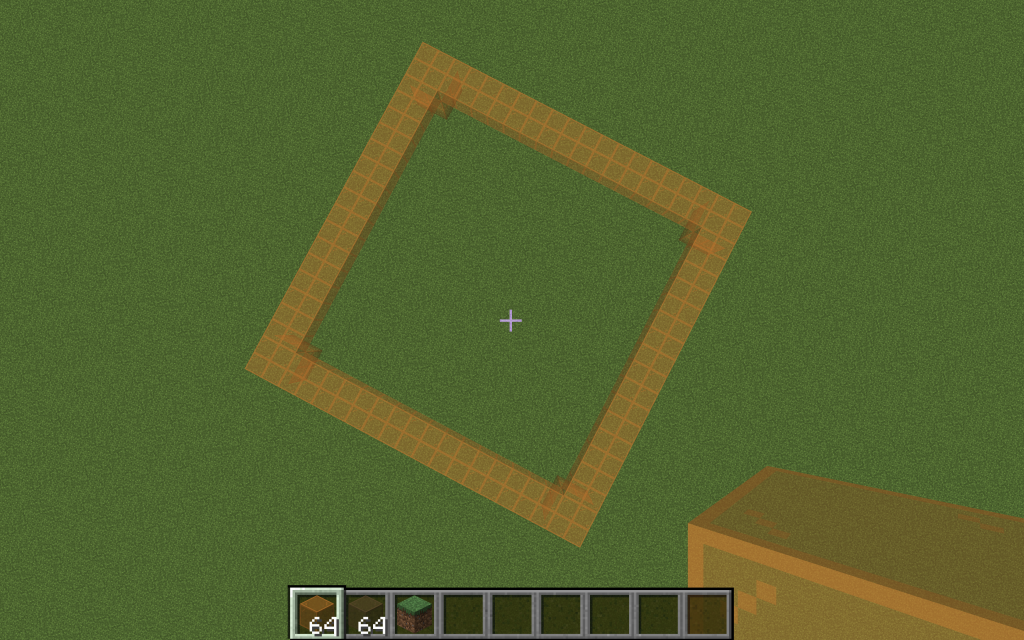
Being sick with COVID kinda ended up being the perfect time to explore the thing I’m doing for Videotage – having a go at creating an intervention for their Leave Your Body realm in Minecraft.
I’ve been struggling with falling asleep for more than a year, and whenever I get sick I secretly hope that falling asleep will become easy at least for a while – it never does. So feeling poorly, unable to sleep and very bored, I tried my first build.
I never played Minecraft before, it took me a couple of tries and a couple of random YouTube tutorials to get the hang of the most basic things.
The game was fun and quite calming, it required the perfect level of engagement and effort for somebody lying sick in bed. I loved doing a bit of math to figure out the scale of what I wanted to do, and then thoroughly enjoyed the repetition of placing a block after block next to each other. it drew me in. Tiny repetitive tasks can be a source of calm to neurodivergent bodies.
I don’t know if Videotage had things like disability and dissociation in mind when they named the project Leave Your Body, but being disabled, we get a lot of reasons to want to leave our bodies so it all really connects for me.
I decided to recreate my bedside table but massive like a tall building. The bedside table was nearby, quite pleasant in shape, basically contained my life in it, and maybe by now, it is an established subject matter in Disability Arts iconography?
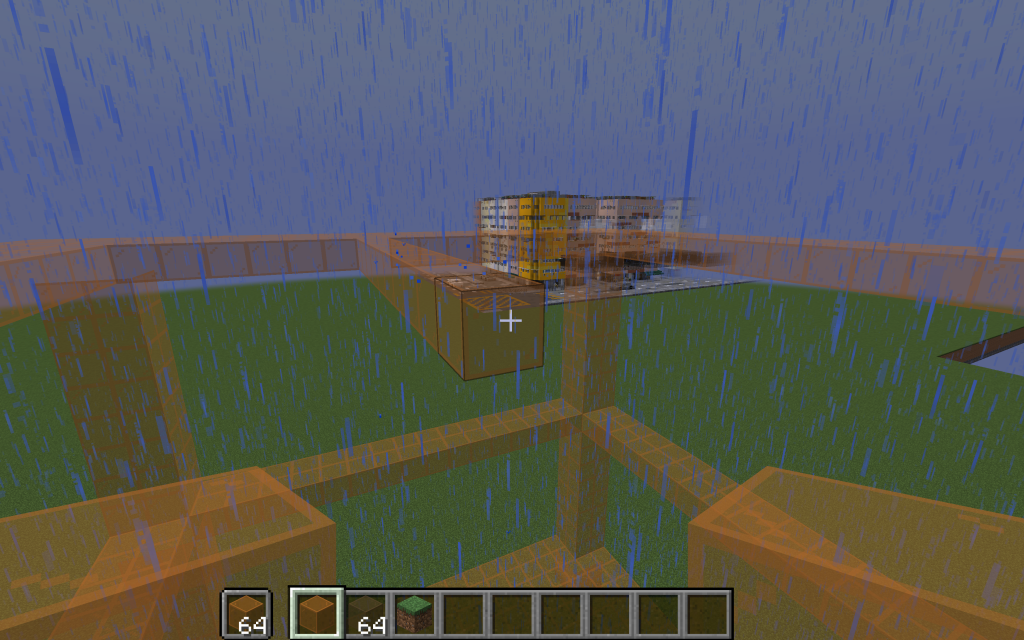
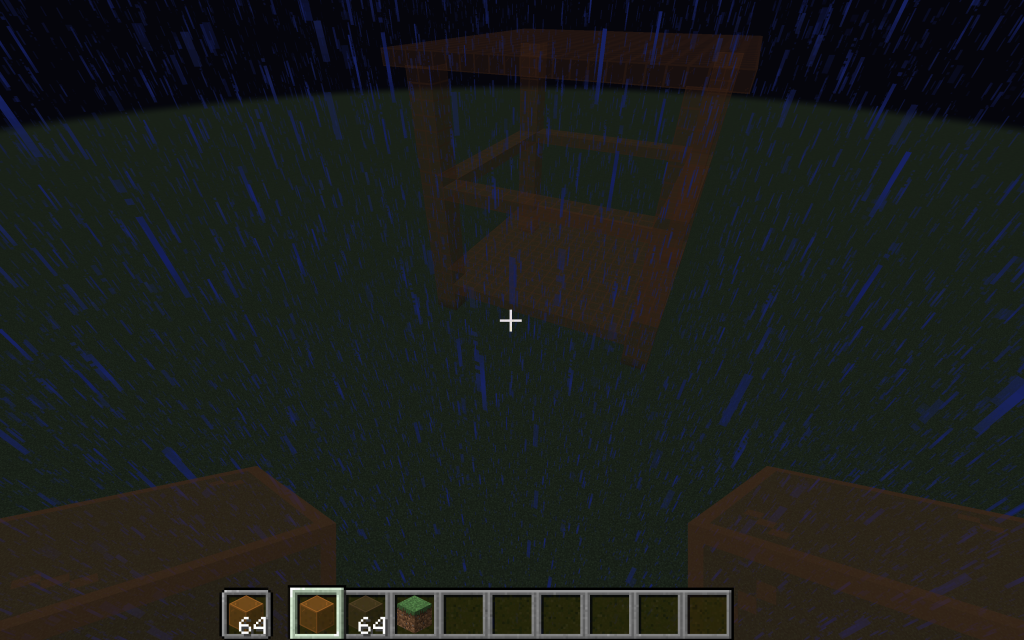
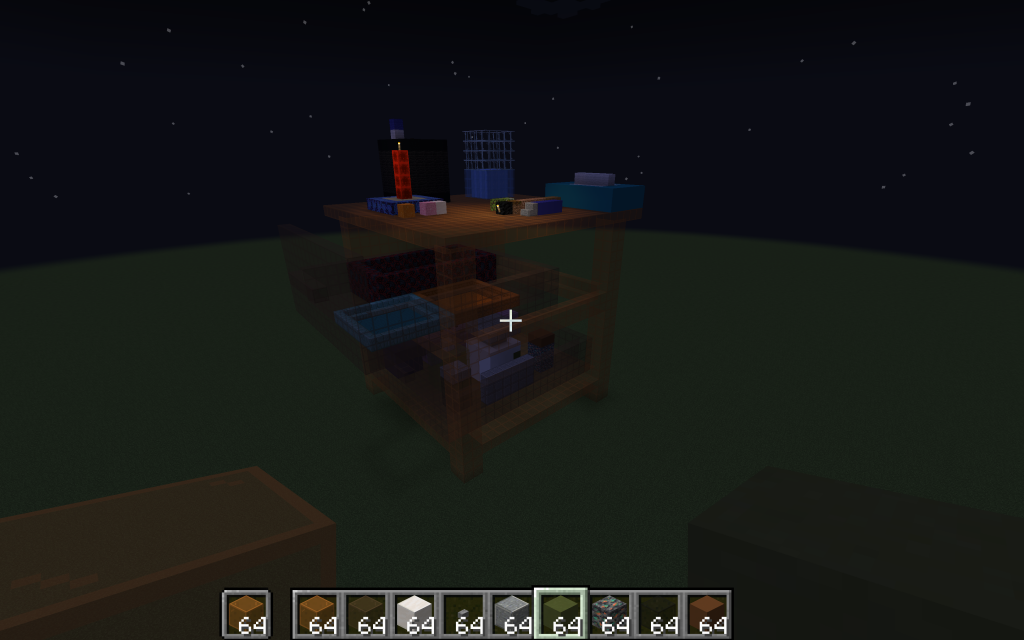
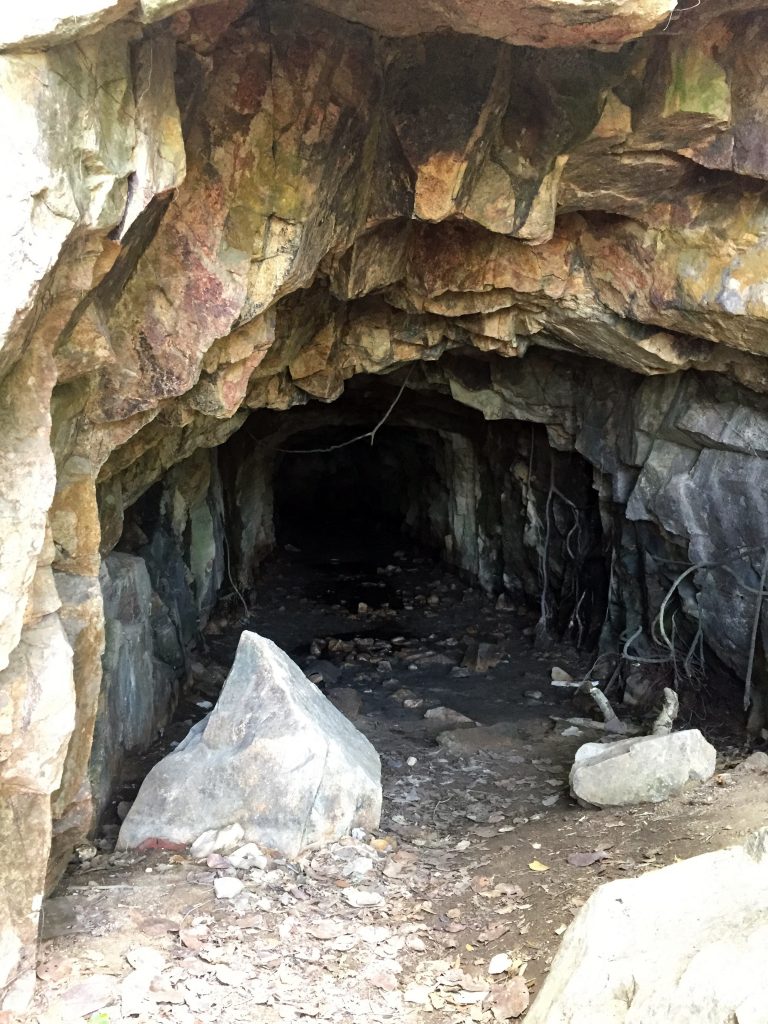
As with the current semi-lock down in Hong Kong, just as in most other lock downs, people develop an inexplicable bubbling primal urge for greenery and sunlight. So this last weekend my partner and I took our poodle to do a short hike on Hong Kong’s outlying Lamma Island.
Although I had seen it before, I somehow completely forgot about this sizeable man-made hole in the hillside along the hiking route, that dated back to the Japanese occupation (1941 – 1945). It is said that this cave was used to hide boats ladened with explosives that would have been launched into unsuspecting enemy ships. There is a small stainless steel plaque near the cave describing it as a “kamikaze grotto” along with some information. However, I have found some speculation on if the caves were ever in use or if the boats and their operators were intended to be sacrificial.
In thinking about the city’s relationship with the subterranean this instance is unique in that it supports a larger historical narrative and also takes on the significance of a landmark. What is essentially an empty hole, contains within it so much thick tension through the power of absence. Somehow it manages to be a very “heavy hole”
To assist in thinking about this I found this quote from Underland: A Deep Time Journey by Robert Macfarlane:
“We all carry trace fossils within us – the marks that the dead and the missed leave behind. Handwriting on an envelope; the wear on a wooden step left by footfall; the memory of a familiar gesture by someone gone, repeated so often it has worn its own groove in both air and mind: these are trace fossils too. Sometimes, in fact, all that is left behind by loss is trace – and sometimes empty volume can be easier to hold in the heart than presence itself.”
Transcript::::
Hello,
My name is Andrew Luk and i am a Hong Kong based sculptor and installation artist. My work primarily begins with historical research and by tracing connections I look for ideological underpinnings and their expressions. Its a process that can be multidisciplinary and sometimes leads into unknown territory. Themes that arise in the practice are entanglements between the natural and The man-made, preservation vs. entropy, historical narratives and science fiction narratives.
I am interested in irregular fragmented connections, things that don’t quite make sense. Art is the discipline of creative exploration, its a process, that leads to different perceptions or a better well – rounded comprehension. My work is not a form of self expression, but as a process of searching, learning and sharing.
Thank you.
Hello, I am Jess Starns and here is a bit about my studio. My creative process is participatory, collaborative, and inclusive with a focus on social history (mostly Brighton’s history), disability and neurodiversity. It is also multidisciplinary, with materials and approach informed by the theme of the project. I am always interested in learning about new tools to create art that I find accessible and can use to collaborate with others. I like creating art with others that doesn’t feel like you are creating art.
I studied the Inclusive Arts Practice MA at the University of Brighton and this has had a big impact on my practice. Some of my biggest influencers are the Hove cinematographers, Sister Corita Kent and Lee Miller. I enjoy darkroom printing and even though it’s not a huge part of my practice currently, I have been doing so since I was about four years old.
During the residency I am looking forward to developing my creative practice and finding new ways of working whilst exploring the residency theme ‘environmentalism’. Please free to look around my studio, and send me a message in the comments section below. Enjoy
looking around! Jess.
Transcript:
[00:00:00] Jess: I’m Jess Starns and my creative practice is participatory collaborative and inclusive with a focus on disability, neurodiversity, or history. It is also multi-disciplinary with materials and approaches formed by the theme of the project. I have an interest in using digital technology creatively and finding new tools to create art.
I am neurodivergent and due to my dexterity, I’m always looking for new, innovative ways to create art that is accessible to me. A big part of my creative practice is finding accessible tools to collaborate with others, to create art. That doesn’t seem like you are creating art. I also have a background in working in museums with young people and with communities.
A few examples of work I have created before is Bungaroosh, projection mapping piece. Bungaroosh is a composite building material, mostly used in Brighton from the mid 18th to 19th centuries. And Bungaroosh is made of broken bricks, cobblestones, flint, pebbles, sand with chalk and set in hydraulic line. I projection mapped onto stones film and photographs of buildings made from Bungaroosh.
During the first two lockdowns, I organised virtual walks to break down the feeling of isolation whilst we were all social distancing. Using Google street view and Zoom I went on virtual walks with others. I asked the participants if they would like to share places that are important to them, they are missing or places they would like to visit.
The 23rd of July 2020 marked the 50th anniversary of the education of handicapped children’s act in 1970, the act marked for the first time or children of compulsory school age had a right to an education. I gathered audio recordings about people’s experiences of the education system to produce an audio piece telling these stories.
During my residency, I would like to explore the Sussex landscape.
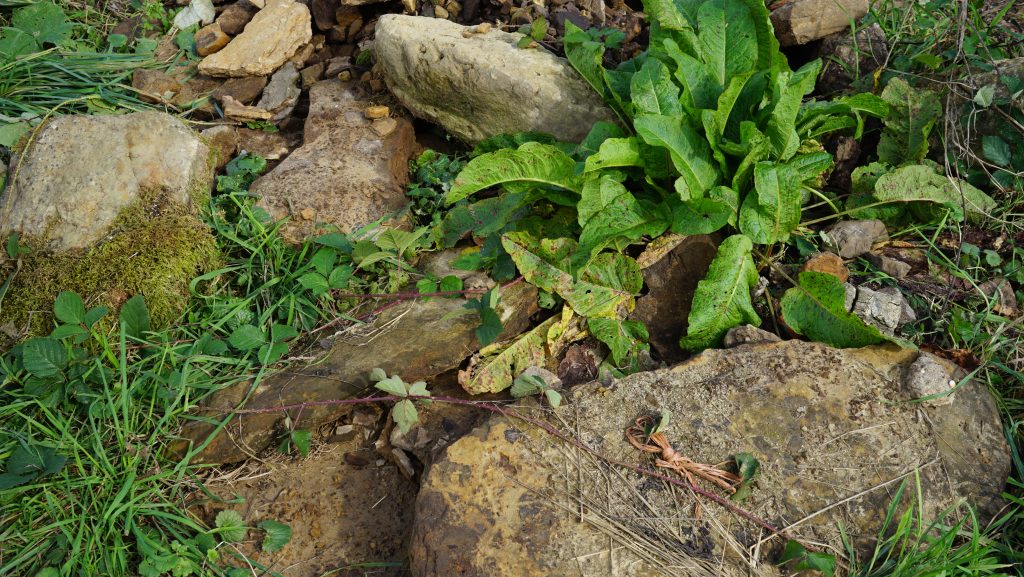
Hi
Today is the first day of my residency with Vital Capacities and Both Sides Now. So I thought I’d post some pictures of soil – for things to grow. I said it before but when the virtual studio’s layout doesn’t remind me of Tumblr themes, it reminds me of a garden patch.
Devil’s dykes’ past performer Rosa Farber explained to me that the soil on their family’s vegetable farm is a very very special kind. It is rich in all those minerals that I can’t recall but that sounded important, making that soil a sort of miracle. I know very little but I could sense its power. I am holding the image of the soil’s rich heavy potency in my mind.
Below are two photos of the actual soil, and my first proper attempt at recording an audio description. Digging your fingers in the soil you can find nearby is a valid and great alternative to my rambling.
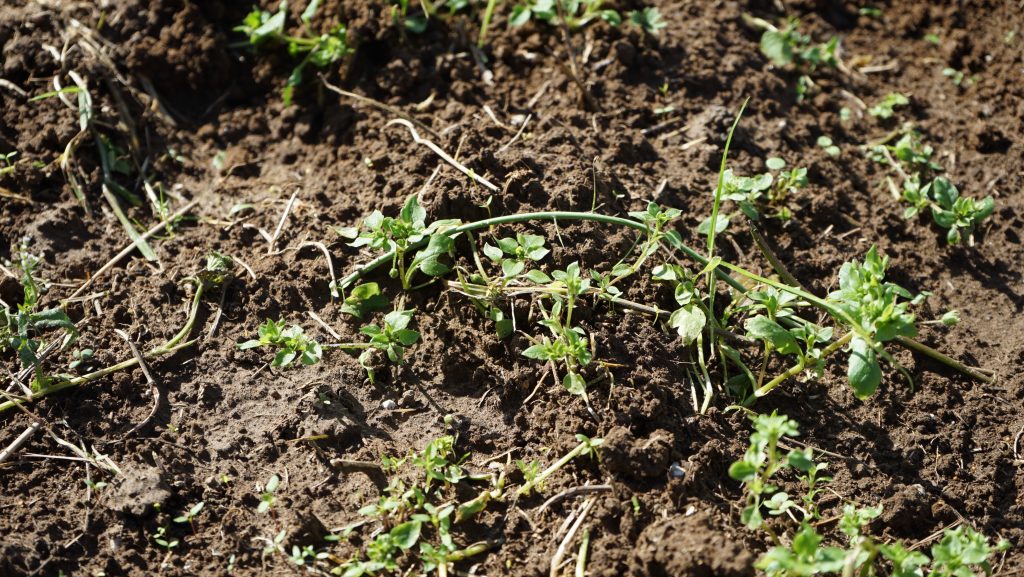
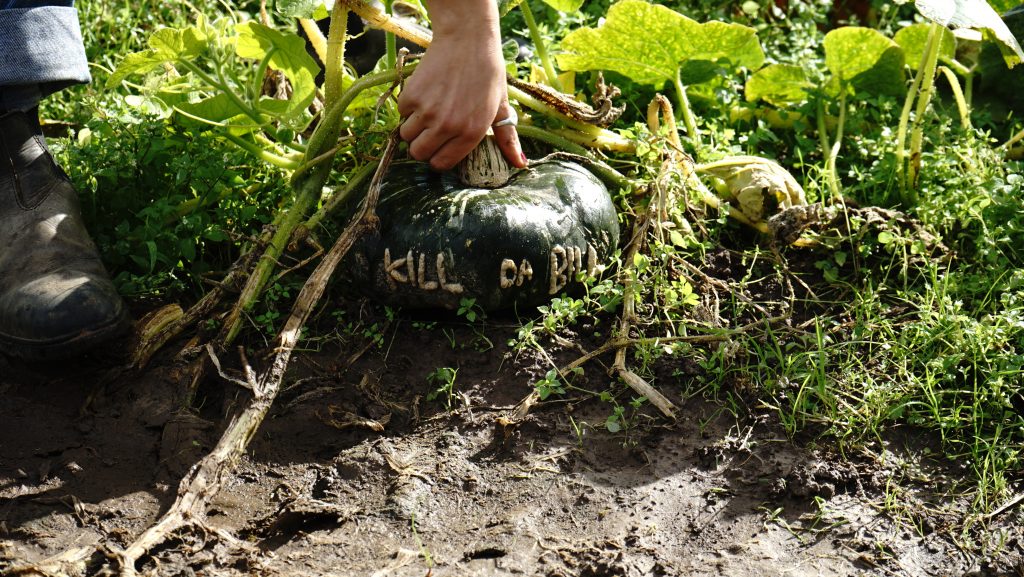
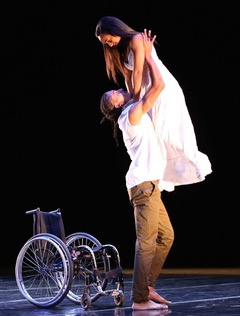
somehow
the chair was never an obstacle
instead
it was a way of breaking the ice
many friendships that grew
in that little cul-de-sac
from movie nights
to girls playing with their skipping ropes
always complaining about who should do the skipping
without me minding
that I couldn’t do the jumping
these conversations
and games happened so organically
with ease, no one ever made a fuss
about the chair
(other than the times they fought to play in it)
we would play, just get on with things
with and without the chair One of the all-time faves was Hide and Seek.
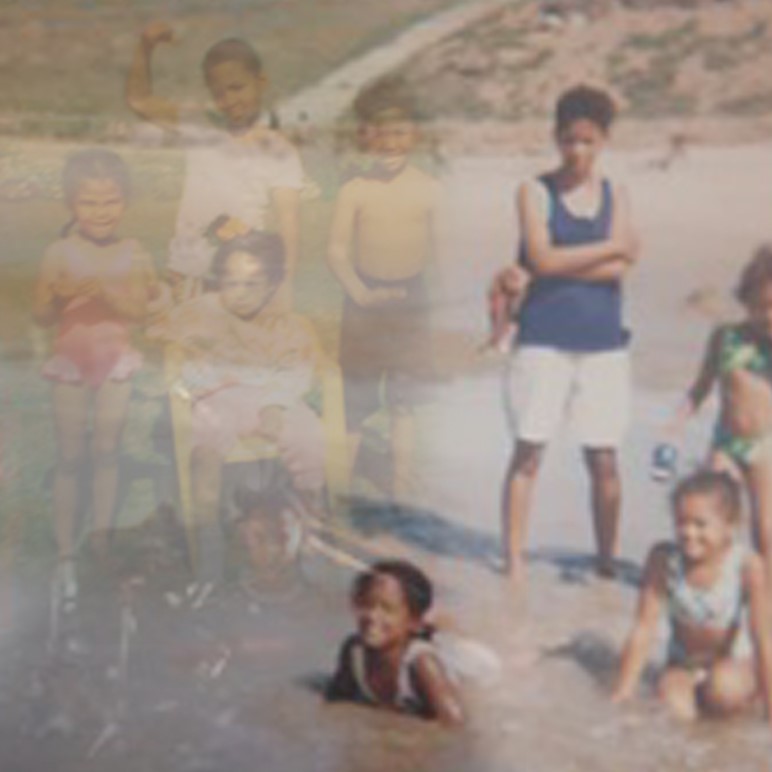
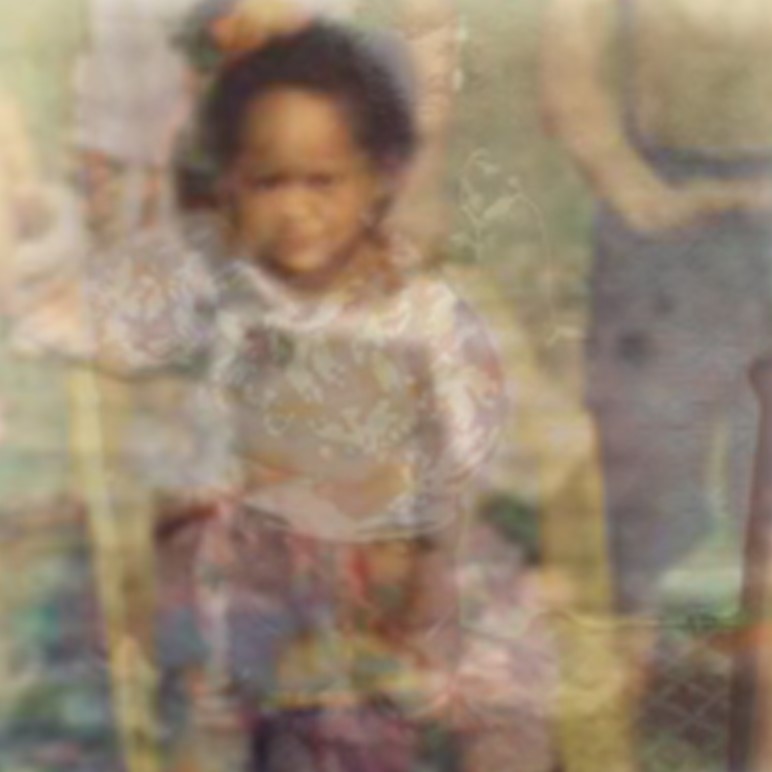
I grew up in a community where everyone
knew each other. For the first 6 years of my life
I was an only child, living with both parents
and the only friends I had and knew
were the ones from school
and cousins.
At the age of 7
we moved to a new home
still in the same area
everyone who moved into the new community
around the same time
none of the homes had fencing
yet most days, I’d spend in the house
and occasionally on the outside kitchen porch
with the kitchen door wide open and mum always busy cooking up something nice
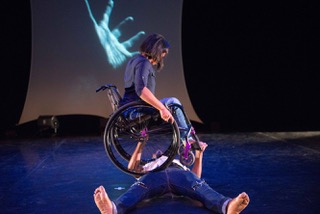
I’ve never known what it means to be bound
bound to this chair, if anything
it’s given me the most incredible ability
the ability to move, the ability to live life,
the ability to experience the world.
When I think of my chair I think
of all the incredible things
I’ve been able to do with it, as a result of it.
when going places, or viewing apartments
over the years, I have never mentioned before the time
that I use a wheelchair:
I somehow always forget
to mention it feeling it to be unimportant.
The scared and shocked faces!
Most close friends now joke about, and say
‘dude did you tell them you’re coming with an extra?’
At times when going out, everyone would
get into the car and ask
‘What are we waiting for?’ and I’d say
‘For one of you to put the chair in the boot!’
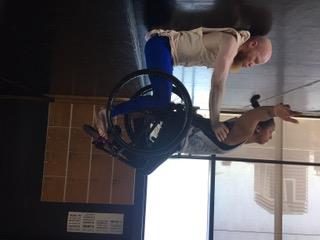
In my childhood,
I felt safe, with my chair
and my environment
and people in my life
my family never allowing any self-pity
but that was in South Africa with its
imbalances, across race, culture, language,
disability is perhaps the most overlooked.
I only experienced discrimination
later in life, feeling the weight and smack
of discrimination hitting me
but I could withstand the blows

I remember the day –
16th of August –
one of my wheels came off.
Some screws came lose,
got lost and it fell off
as I was wheeling myself.
in that very moment
I burst out with laughter thinking
screw loose laughter, hilarious. Oh shit!
Yet somehow feeling safe and held,
having learned long ago how to handle
my chair, suddenly in that moment
conforming to society’s idea that I am stuck
and bound and cannot move around
which isn’t the case, when
I have my screws in place,
Which isn’t how I feel about my chair at all.

My brakes who at times fail me
yet have always been in reach
when I need to stop
and be still.
The handles, that have made it okay
for others to reach out and come up close
I have learnt that your presence
will always fill the rooms we enter
and that that is not
a bad thing. I have learnt
that we are one and you are not the other.

My wheels, gliding me
through wherever I need to be,
uneven roads, uphill, rough streets,
moving-me-keeping-me-moving.

my back rest has taught me
not to slouch, to sit up straight
upright n’ ready to face the world
with confidence; the hard and strong frame
that has carried me through time
on the lightest and heaviest of days.
Sometimes unaware of its strength,
I know it’s always there to rely on.

My seat that I gently slide over
and into each day
Sometimes unaware
of the support you give
As I slide over my body sinks into it,
the feeling of being held and ready –
I am ready to go do life.
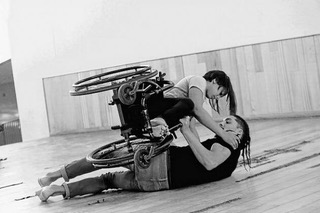
Through this residency I am exploring the connection to, and relationship with, my wheelchair and me moving in different spaces and what this has meant for me over the 29 years of using one.
I am interested in the different emotional phases I’ve gone through in using a wheelchair. How this has had an impact internally but also externally.
Dance has played a huge role in my independence, confidence and acceptance of self and others. I want to explore motion in the studio, where I am more fluid and confident compared to outside spaces, revisiting my childhood games of hide and seek and when one of the kids would give me a piggy back so I could be part of the game with another pushing the chair, erasing the wheel tracks in the sand so no one could find us.
This Vital Capacities commission is about exploring these different pathways, tapping into these trails and travails and experiences through film.
I think self-awareness and awareness of the chair and difference came at quite a later stage, and a lot of this had to do with society, and how disability is perceived in the world we live in and how people with disabilities get treated. So with the work I am thinking of putting together a 5 minute video of me moving in studio, exploring different connections, emotions and states of being I have experienced.
It’s very interesting, going back and visiting old work. I tend to be consumed by new work, absorbed in my making and thinking. When my practice focused on drawing, drawing was all I wanted to do. For a while, a walk without a walking drawing was a wasted walk. My excitement and enthusiasm for the drawings gripped my mind totally.
So re-visiting the process of making walking drawings for this residency I expected to have that same consuming interest, and at first I definitely was excited and enjoyed seeing the work that was produced. Then as the days went on the work became frustrating. I felt stuck and I felt like I had gone backwards in some way. My focus has changed, my work is currently engaged with word crafting, I felt in some strange way that I was letting my practice down by attending to drawing, despite how much I love drawing as an art form. It was a very uncomfortable moment in this residency.
After wrestling with this problem and talking to artist friends I realised that I have definitely moved on from making drawings in the old style, with the drawing devices. But I haven’t finished making drawings per se, I realised that I have just changed the medium with which I make drawings.
I’ve written quite a lot during this residency and I was idly thinking about drawing, writing and the possibility of drawing with words. I wondered what the writing I have done for this residency would look like in a word cloud? I was thinking that perhaps I have used particular words very often and maybe looking at those words would inspire me to create something interesting for my final exhibition piece.
So I pasted my posts into some word cloud software. There were some interesting results, so I decided to copy and paste the words into Google docs and play around with them, trying to find some way of drawing with words. Surprisingly, when I pasted the word cloud words into the document I discovered that many of the words had somehow been stuck together, forming new and rather wonderful words. For instance, fungi and old became fungiold, way and road became wayroad, breath and raven, breathraven.
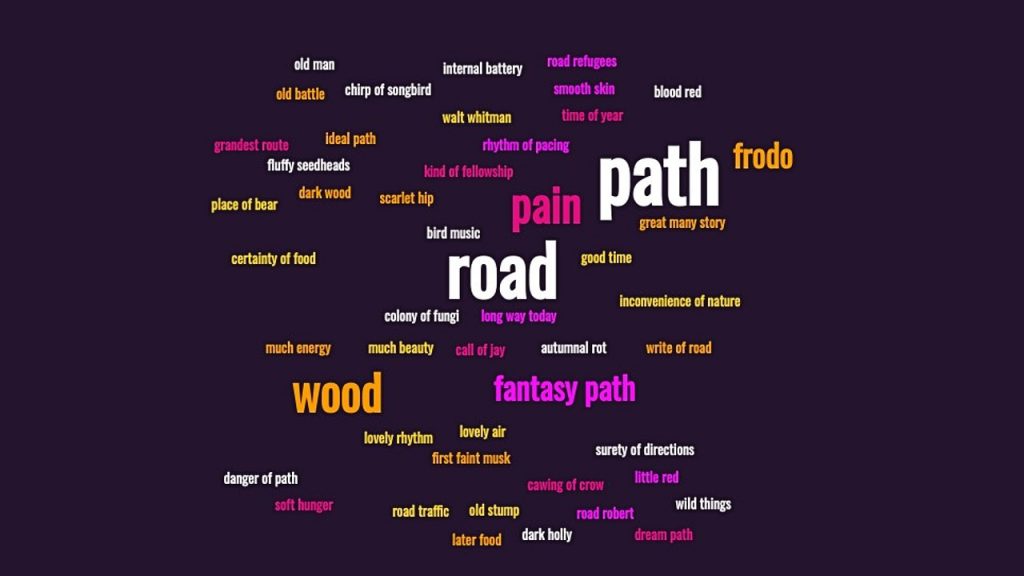
Reader, my brain exploded. Okay, not literally, but I was so excited to see these wonderful, randomly created new words. The process felt simillar to how I used to make drawings, in that I would set up an experiment which had an element of the unexpected and/or random process and then metaphorically step back and allow the outcome to generate itself. In drawing, that is effected when I design a device for making a drawing based on some input not deliberately controlled by my hand, as when the pen in the device moves because I am walking.
Using the word cloud felt similar. I wrote the initial words and input them into the word cloud, therefore setting up the conditions for something to happen, yet it was the way the word cloud software handled the text and the Google software handled the copy and paste process that determined the outcome of the combined words.
These combined words placed together in an arbitrary collection are word drawings, maybe even a poem. But I am the mother of a poet and I have enormous respect and awe for a poet’s effort and creativity in combining words and meaning and I feel that to call what I have created poetry is incorrect, even audacious. They are word drawings; odd, sometimes beautiful, nonsense in which we may nonetheless see meaning.
Just as I make the decision what type of pen or what colour ink to use in a walking drawing, therefore having some aesthetic control over the final drawings, so I took some control over the placement of words in my word drawings. Mostly, I left them as they were arranged by the word cloud software, but in some cases I moved them around and I sometimes inserted words, such as go, and or where to break up the list and improve the rhythm or flow of the piece.
Finally, I used some Open Source software called Twine to gather all the words into an interactive word drawing. Readers determine what text will be displayed on screen by clicking on the highlighted words, therefore having a different experience with each reading, depending on which words are selected.
I’m very happy with this result! I never could have imagined getting to here from where I began on this residency, back at the beginning of August. What is really exciting for me is that this feels like the start of a new way of working, a new stream to my practice, which is always evolving anyway. It was so good to pass through that uncomfortable place, revisiting the walking drawings, to come to this. Sometimes, being an artist is like walking along a path, one with switchbacks and branchlines and where the path ahead is often completely obscured by the trees.
Okay, they are not exactly failures, in fact they are very lovely drawings I think. These are some of the walking drawings I have made over the last couple of weeks. Most are black ink on paper but three are on clear acetate and one is on a dried green leaf.
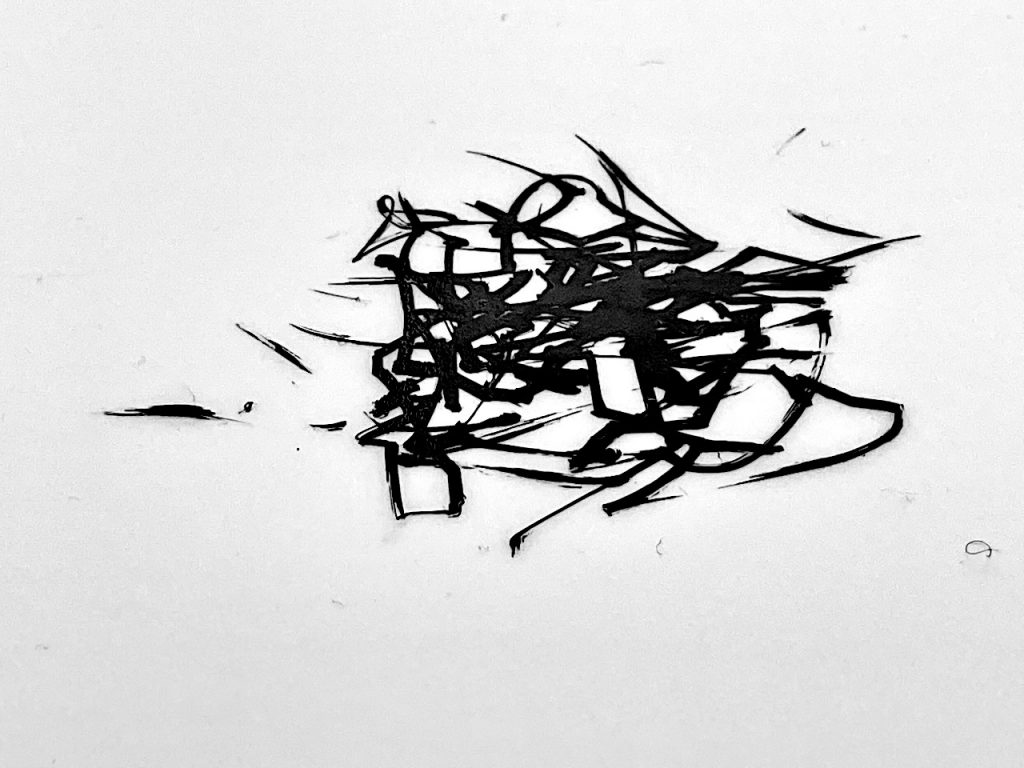
These drawings have all been created using a very simple drawing device I made using wire, cardboard and a copper spring. I suspend a ink pen from the copper spring and take the whole contraption for a walk, the pen drawing as I move.
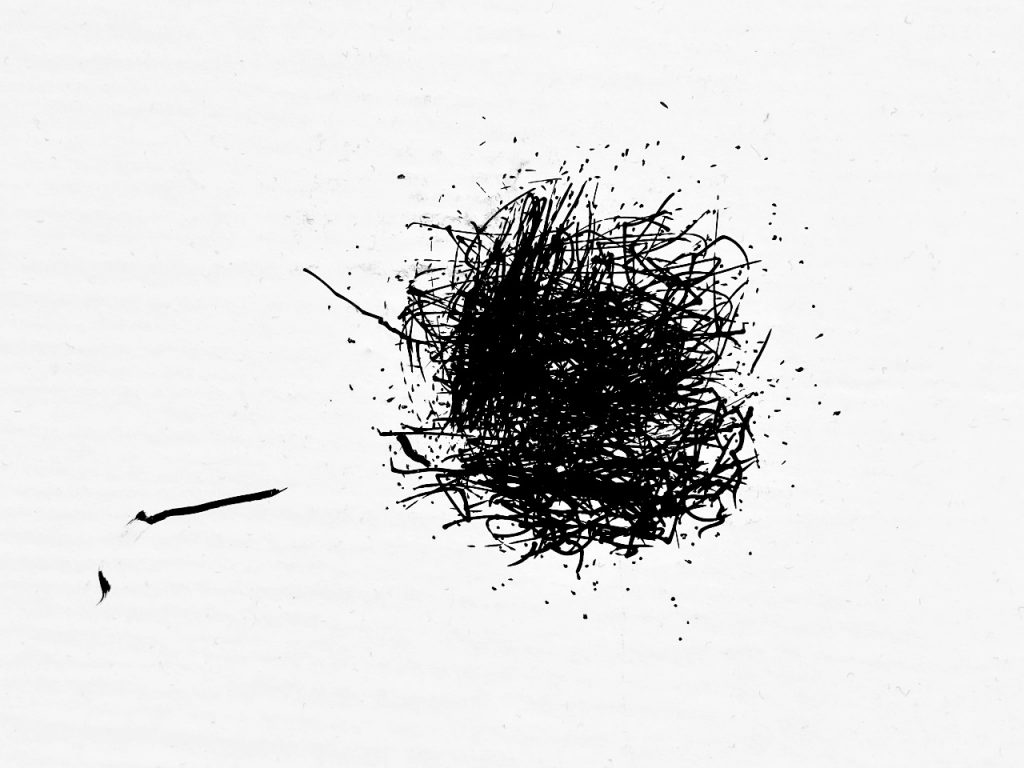
I’ve been attempting to film the process, with varying results. I bought myself an iPad, hoping for better film results, but it’s new technology for me and is currently proving quite frustrating, not least in the weird placement of the iPad camera to the far right of the device, which is really awkward in the drawing device. I might go back to my simple, but trusty mobile phone!
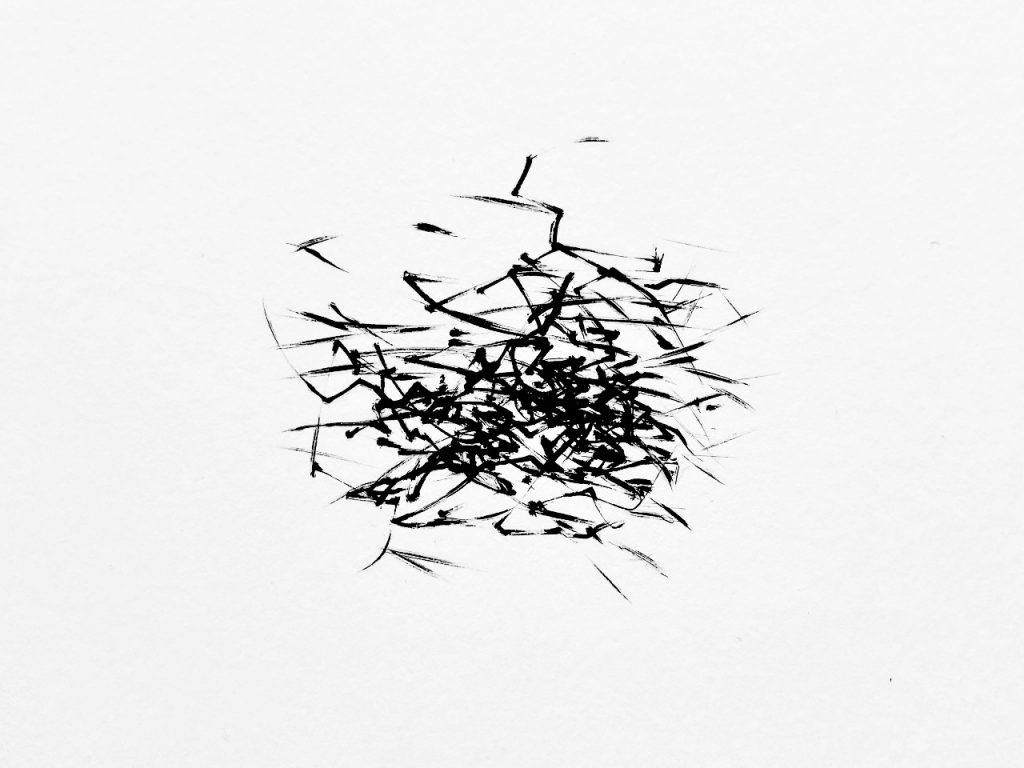
So back to the drawing board (or drawing device I should say)…
